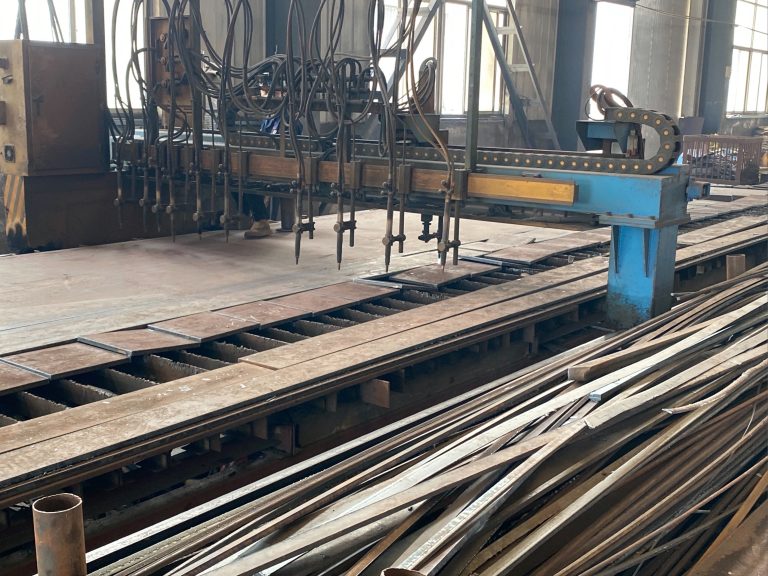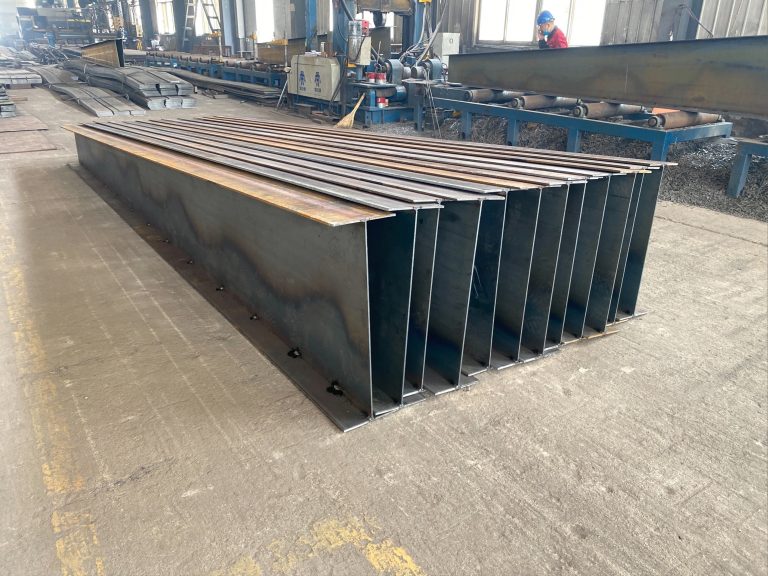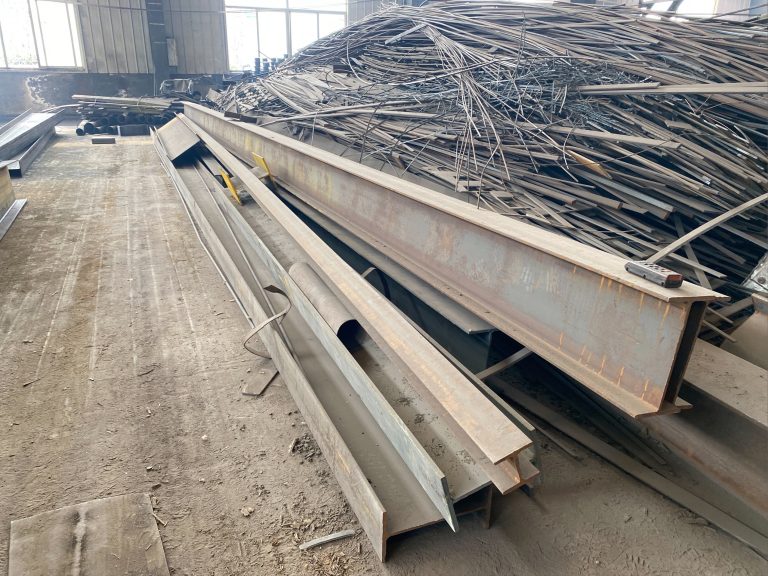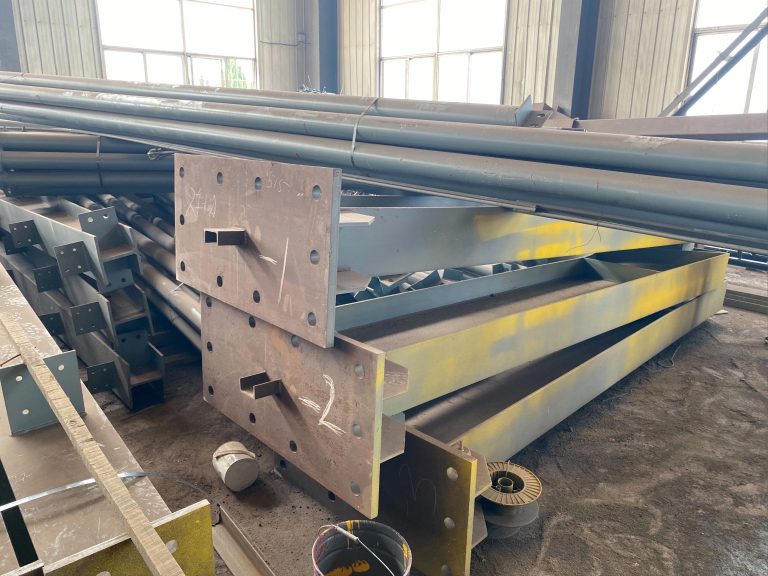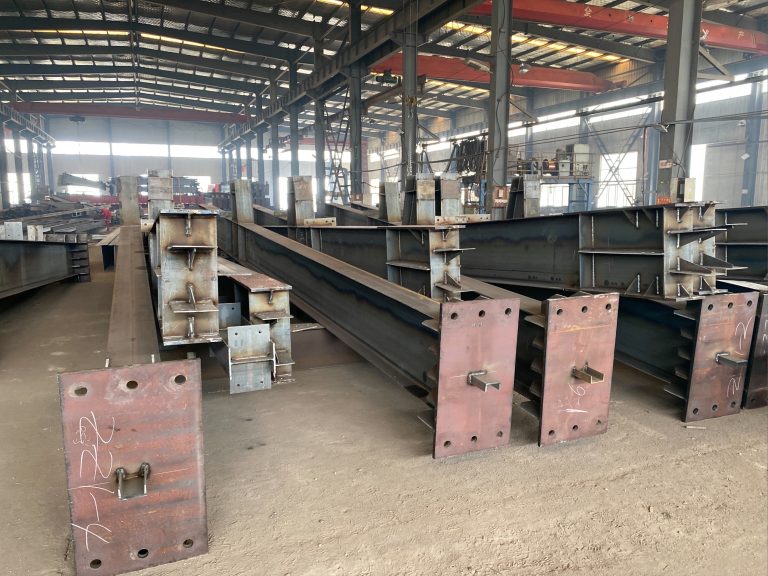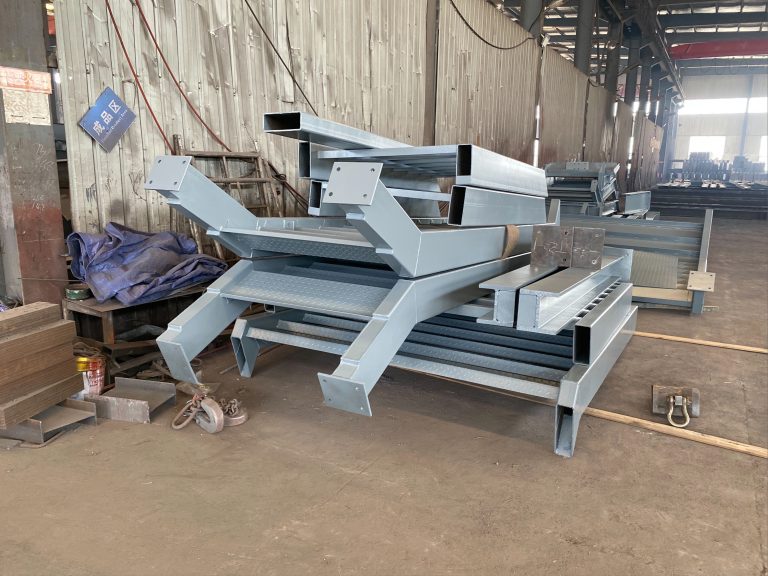Research on technology innovation of intelligent inspection and evaluation of steel structure
Table of Contents
Advancements in Artificial Intelligence for Steel Structure Inspection
In recent years, there has been a significant push towards the development of intelligent inspection and evaluation technologies for steel structures. With the rapid advancement of artificial intelligence (AI) and machine learning, researchers and engineers are exploring new ways to improve the efficiency and accuracy of inspecting and evaluating steel structures. This research is crucial for ensuring the safety and reliability of these structures, which are essential for various industries such as construction, transportation, and infrastructure.
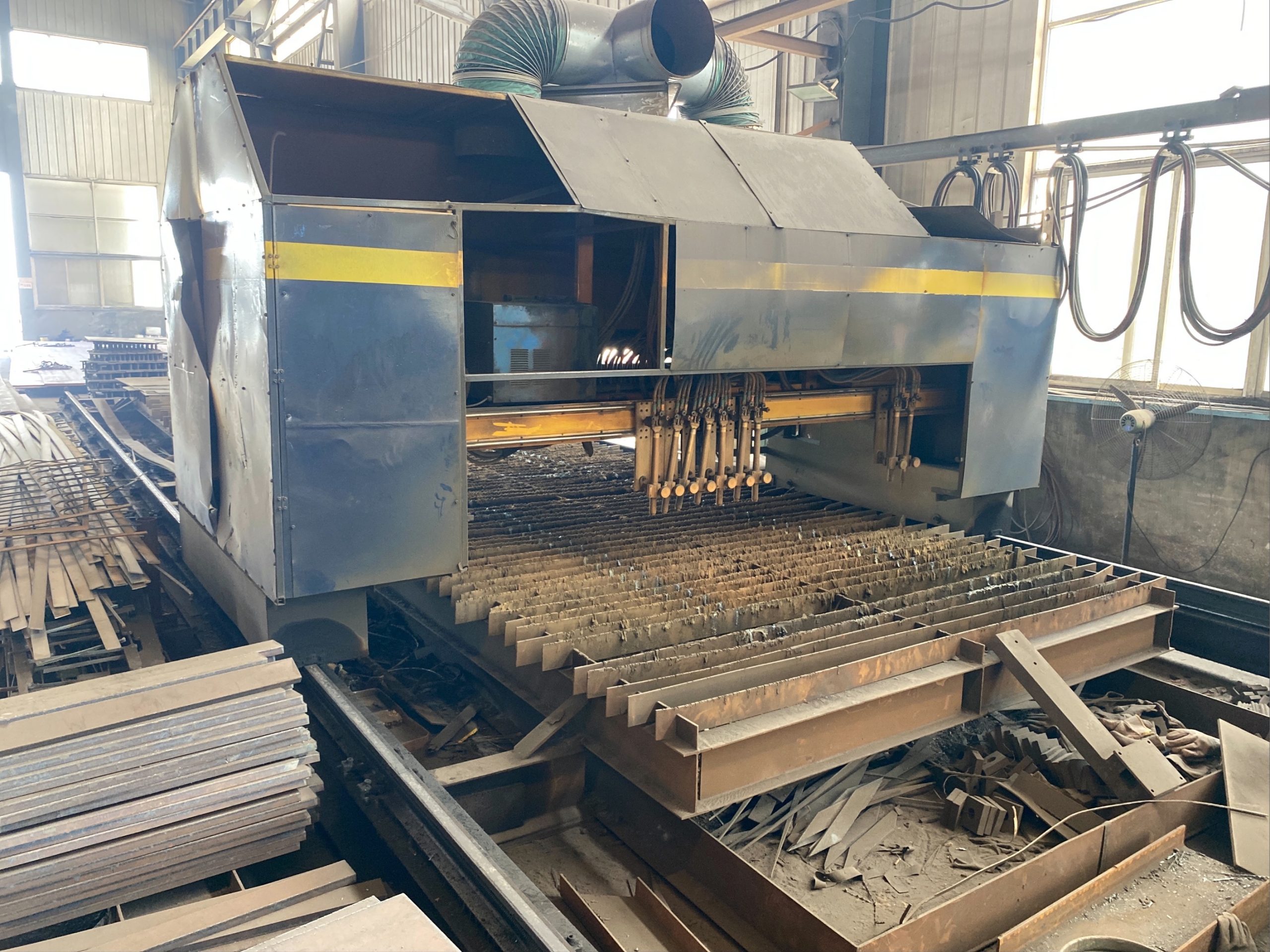
One of the key challenges in steel structure inspection is the need for thorough and accurate evaluation of the structural integrity of these complex systems. Traditional inspection methods often rely on visual inspection and manual measurements, which can be time-consuming, labor-intensive, and prone to human error. Intelligent inspection technologies, on the other hand, leverage AI algorithms and machine learning models to automate the inspection process and provide more reliable and consistent results.
Researchers have been exploring various AI-based approaches for steel structure inspection, including image processing, computer vision, and sensor data analysis. These technologies can analyze images and videos of steel structures to detect defects, corrosion, cracks, and other structural abnormalities. By training AI models on large datasets of annotated images, researchers can teach these algorithms to recognize patterns and anomalies in steel structures with high accuracy.
Furthermore, AI algorithms can also analyze sensor data from various sources, such as accelerometers, strain gauges, and temperature sensors, to monitor the structural health of steel structures in real-time. By continuously monitoring the structural behavior and performance of these systems, engineers can detect potential issues early on and take proactive measures to prevent catastrophic failures.
Another area of research in intelligent inspection and evaluation of steel structures is the development of predictive maintenance models. By combining AI algorithms with historical inspection data and structural performance data, researchers can predict the remaining useful life of steel structures and recommend maintenance actions to extend their lifespan. These predictive maintenance models can help organizations optimize their maintenance schedules, reduce downtime, and minimize maintenance costs.
Moreover, researchers are also exploring the use of drones and robotics for steel structure inspection. Drones equipped with cameras and sensors can fly around steel structures and capture high-resolution images and videos for inspection purposes. AI algorithms can then analyze these data to identify defects and anomalies in the structure. Similarly, robotic systems can be deployed to perform inspections in hard-to-reach or hazardous areas of steel structures, ensuring thorough and accurate evaluation of the entire system.
In conclusion, the research on technology innovation of intelligent inspection and evaluation of steel structures is a promising field with significant potential for improving the safety, reliability, and efficiency of steel structures. By leveraging AI algorithms, machine learning models, sensor data analysis, and robotics, researchers and engineers can develop advanced inspection technologies that can revolutionize the way we inspect and evaluate steel structures. These advancements will not only enhance the structural integrity of steel structures but also contribute to the overall sustainability and resilience of our built environment.
Implementing IoT Sensors for Real-Time Monitoring of Steel Structures
Steel structures are a critical component of many buildings and infrastructure projects, providing strength and stability to support various loads. As such, it is essential to ensure that these structures are regularly inspected and evaluated to maintain their integrity and safety. In recent years, there has been a growing interest in using technology to improve the inspection and evaluation process of steel structures, with a particular focus on implementing IoT sensors for real-time monitoring.
One of the key advantages of using IoT sensors for monitoring steel structures is the ability to collect real-time data on the structural health and performance. These sensors can be strategically placed on different parts of the structure to measure parameters such as temperature, strain, and vibration. By continuously monitoring these parameters, engineers can detect any abnormalities or potential issues that may arise, allowing for timely intervention and maintenance.
Furthermore, IoT sensors can provide a more comprehensive and accurate assessment of the structural condition compared to traditional inspection methods. With traditional methods, inspections are typically conducted at regular intervals, which may not capture sudden changes or deterioration in the structure. In contrast, IoT sensors can provide continuous monitoring, offering a more detailed and up-to-date picture of the structural health.
In addition to real-time monitoring, IoT sensors can also enable predictive maintenance of steel structures. By analyzing the data collected from the sensors, engineers can identify patterns and trends that may indicate potential problems in the future. This proactive approach to maintenance can help prevent costly repairs and downtime, ultimately extending the lifespan of the structure.
Another benefit of using IoT sensors for monitoring steel structures is the ability to remotely access and analyze the data. This remote monitoring capability allows engineers to monitor the structural health of multiple buildings or infrastructure projects from a centralized location. This not only improves efficiency but also enables quick decision-making and response to any issues that may arise.
Moreover, IoT sensors can also enhance the safety of steel structures by providing early warning of potential hazards. For example, sensors can detect excessive vibrations or deformations in the structure, signaling a potential collapse or failure. By alerting engineers to these issues in real-time, IoT sensors can help prevent accidents and ensure the safety of occupants and workers.
Overall, the implementation of IoT sensors for real-time monitoring of steel structures represents a significant advancement in the field of structural engineering. By providing continuous and accurate data on the structural health and performance, these sensors can improve the efficiency, safety, and longevity of steel structures. As technology continues to evolve, it is likely that IoT sensors will play an increasingly important role in the inspection and evaluation of steel structures, helping to ensure the continued safety and reliability of our built environment.

